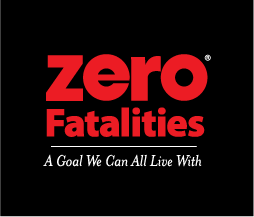Drive Alert
“A drowsy driver's decision changed our lives forever.”
- Jordin Petersen Seamons
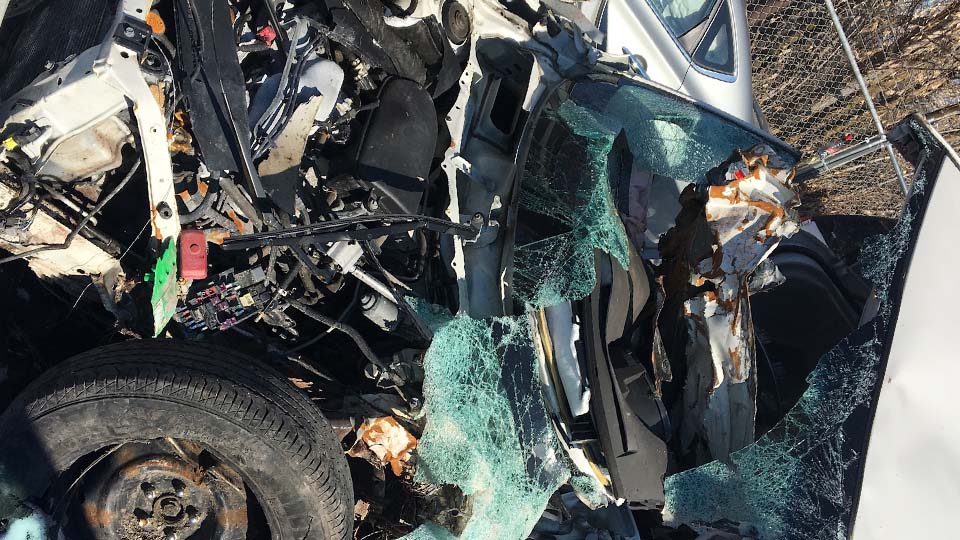
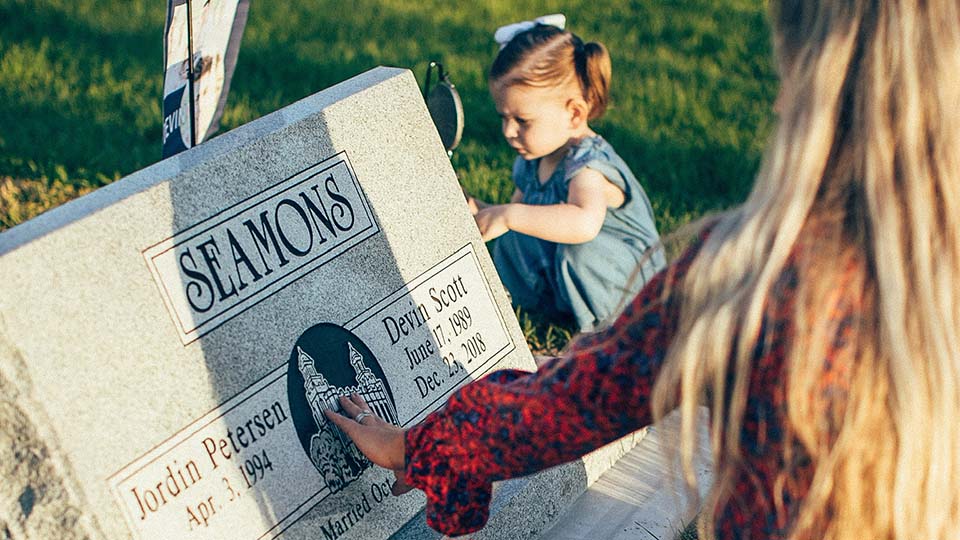
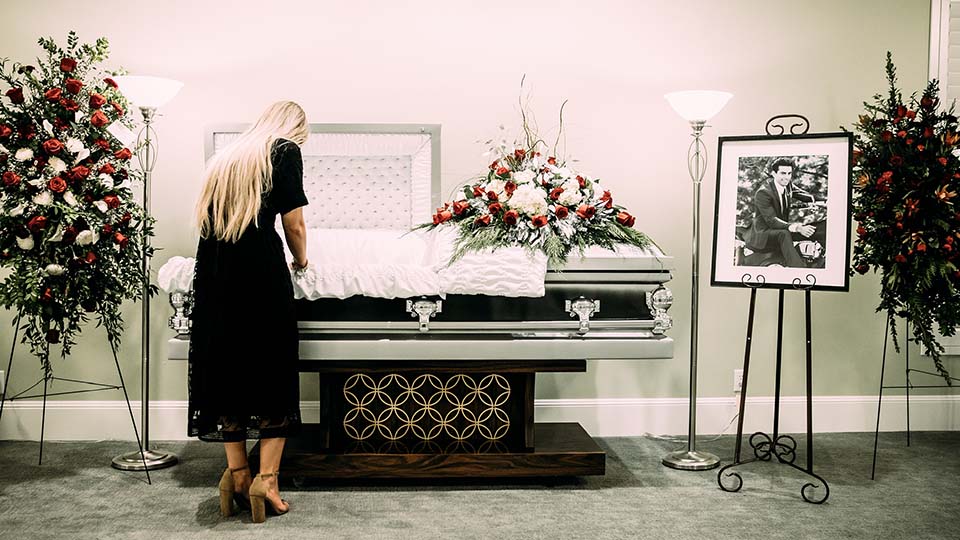
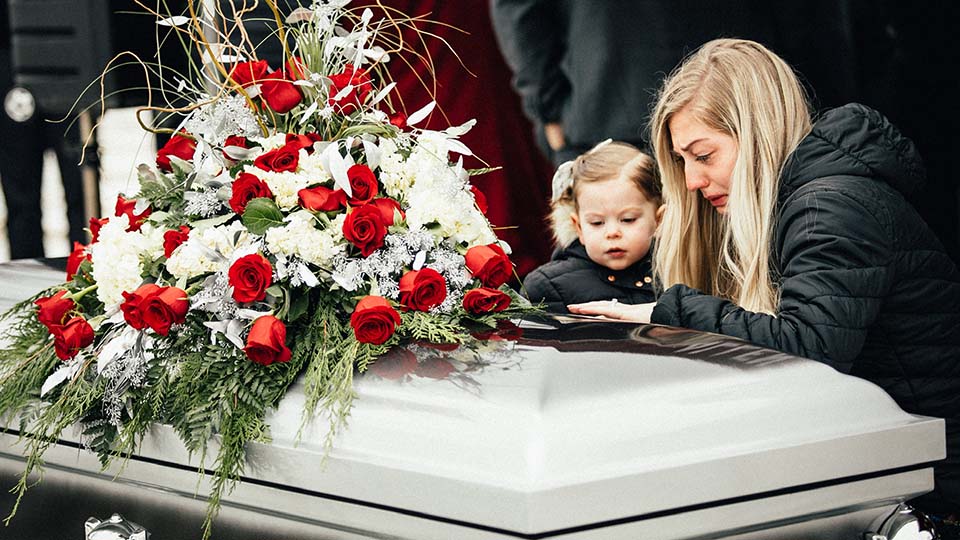
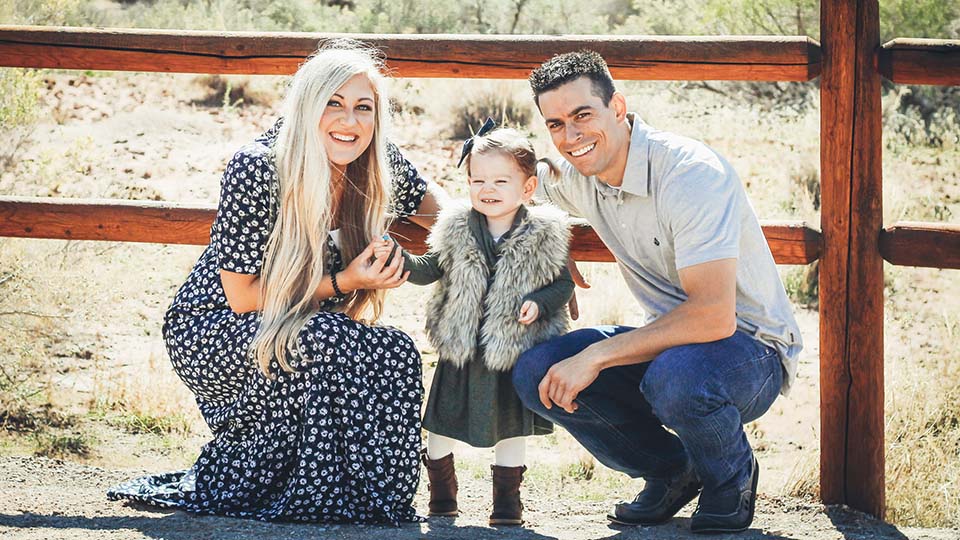
“I think it was his moment? Not at all.
This was the result of driving while sleepy!“
– Jordin Petersen Seamons
YOU ARE MORE LIKELY TO FALL ASLEEP AT THE WHEEL IF YOU MEET THESE CRITERIA:
- You are sleep-deprived or feel exhausted (getting six hours or less of sleep triples your risk)
- You drive more than 100 miles or for two hours without proper breaks
- You drive alone (having someone else helps you stay alert)
- You drive on a long, rural, or dark road
- You drive at night, in the middle of the afternoon, or at a time when you normally sleep
- You take sedating medications, such as antidepressants, cold pills, or antihistamines
- You work more than 60 hours a week (this increases your risk by 40 percent)
- You suffer from insomnia or poor sleep
- You have consumed alcohol, even in small amounts
WARNING SIGNS OF DRUNKEN DRIVING INCLUDE THE FOLLOWING:
- Difficulty focusing, constant blinking, or heavy eyelids
- Daydreaming or wandering thoughts
- Difficulty remembering the last few miles driven
- Constant yawning or eye rubbing
- Difficulty holding your head up
- Drifting out of your lane, tailgating, or catching a bumpy road
- Feeling restless and irritable
Don't be a Bob
Never risk driving while drowsy. Pull over, ask another driver to take your place, and find a safe place to sleep. Driving while drowsy isn’t worth risking your life or the lives of others.
WHEN DROWLS ARE FEELIN, DRIVERS SHOULD FIRST STOP AND THEN DO THE FOLLOWING:
- Change drivers
- Take a 10- to 20-minute nap
- Get out of the car and stretch or jog for a few minutes
- Eat a snack
- Find a safe place to sleep for the night
Staying awake for 18 hours is equivalent to being intoxicated
People with an average of 6 hours of sleep or less are 3 times more likely to crash
Drivers under 25 are involved in 42 percent of drowsy driving crashes
